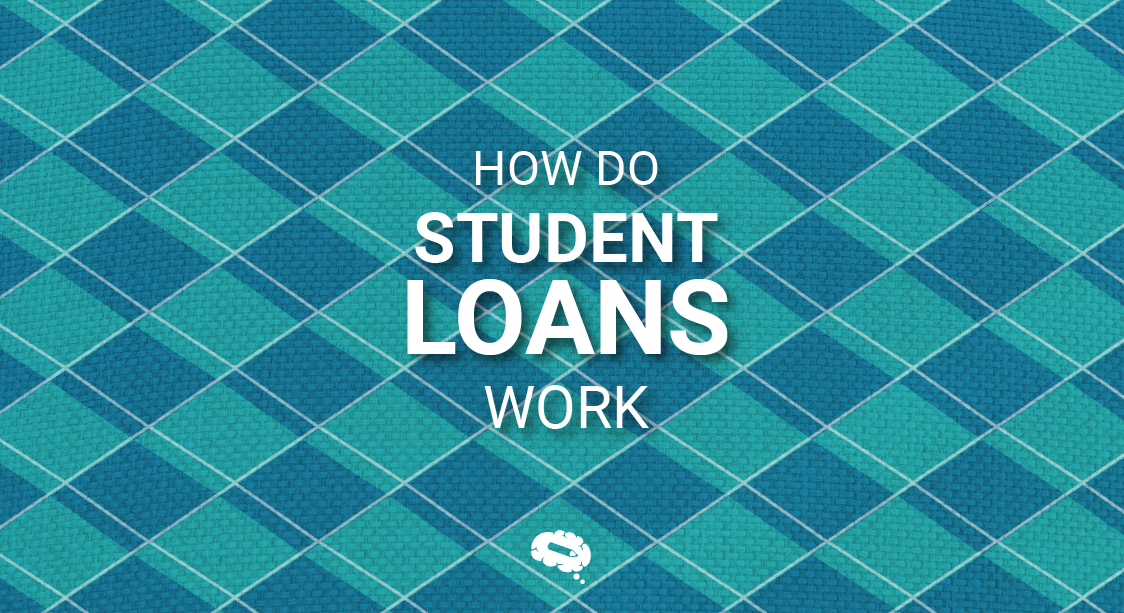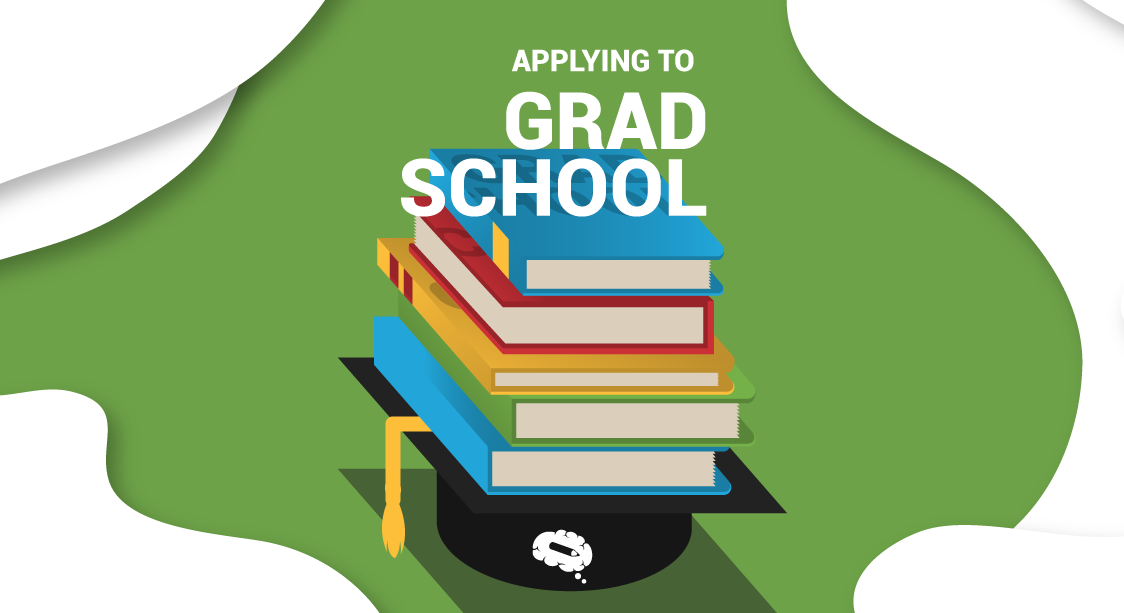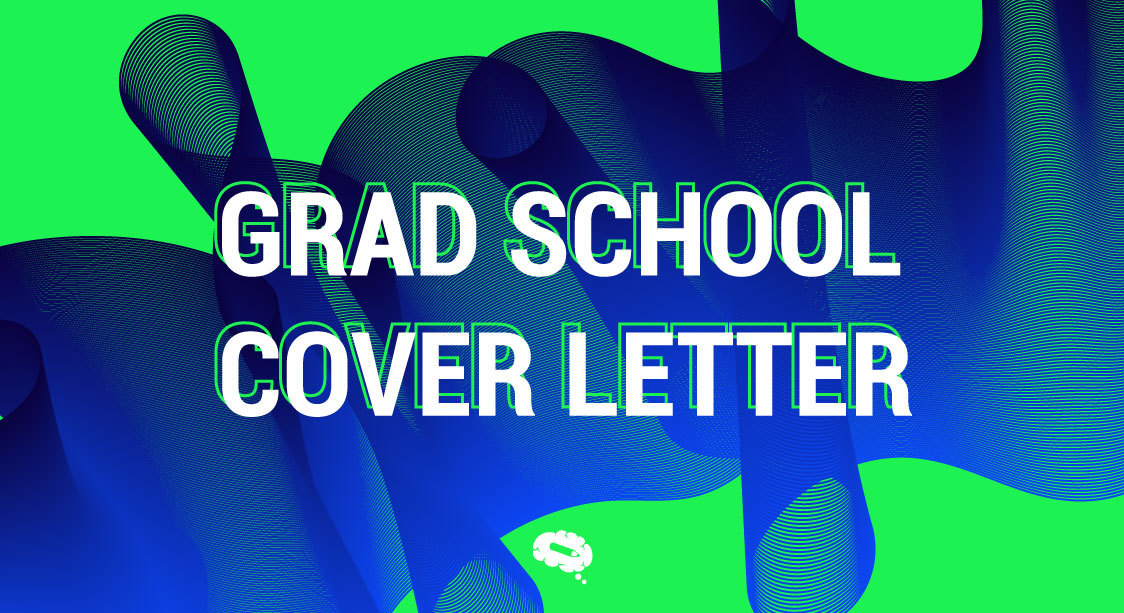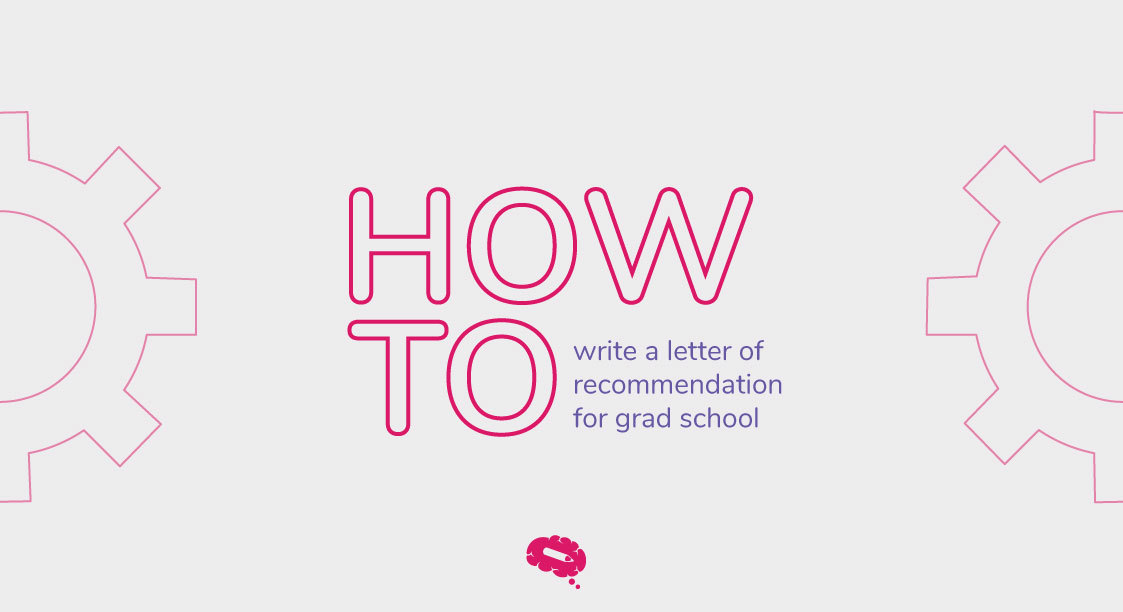In order to achieve career success and personal growth, higher education has long been recognized as a critical component. Many students and their families are finding it increasingly difficult to finance a college education because of rising tuition, fees, textbooks, and living expenses. Understanding How Student Loans Work has become essential as student loans have emerged as one of the most important tools to help millions of students achieve their educational goals.
Student loans have emerged as one of the most important tools to help millions of students achieve their educational goals.
It has become increasingly necessary to obtain student loans for higher education as college costs continue to rise. During the past few decades, public four-year institutions have seen a significant increase in tuition and fees, while private institutions have seen even steeper increases. Due to this trend, many students find it nearly impossible to afford college without borrowing money. For this reason, understanding the benefits and risks of student loans for higher education is vital for anyone considering this route for financing their education.
What Is A Student Loan?
When exploring How Student Loans Work, it is important to understand that a student loan is a type of financial aid designed to help students cover the costs associated with higher education, including tuition, fees, books, and living expenses. A student loan is different from a scholarship or grant, which is typically merit- or need-based and does not require repayment.
Different Types of Student Loans: Government vs. Private
Government (Federal) Student Loans
Government, or federal, student loans for higher education are funded and administered by the U.S. Department of Education. Many students prefer these loans because they offer more favorable terms and protections than private loans. The federal student loan program can be divided into several categories:
- Direct Subsidized Loans: These loans are available to undergraduate students with demonstrated financial need. During the grace period, deferment period, and while a student is in school at least half-time, the federal government pays the interest on subsidized loans.
- Direct Unsubsidized Loans: Unlike subsidized loans, unsubsidized loans are available to both undergraduate and graduate students, and they do not require a demonstration of financial need. Even while in school, the student is responsible for paying all interest on the loan as soon as it is disbursed.
- Direct PLUS Loans: These loans are available to graduate or professional students and parents of dependent undergraduate students. PLUS loans require a credit check and may have higher interest rates compared to other federal loans. In addition to other financial aid, they are designed to cover any costs that are not covered by other sources.
- Direct Consolidation Loans: This option allows borrowers to combine multiple federal student loans for higher education into a single loan with a fixed interest rate. In addition to simplifying repayment, consolidation may result in a longer repayment period and potentially higher interest rates.
In addition to income-driven repayment plans, deferment and forbearance options, and potential loan forgiveness, federal loans come with a range of benefits, such as Public Service Loan Forgiveness (PSLF).
Private Student Loans
A private student loan is offered by a private lender, such as a bank, credit union, or online lender. When federal student loans for higher education are not sufficient to cover all the costs of education, these loans are typically used to supplement them. The terms of private loans can vary widely depending on the lender, and they are not regulated or funded by the government.
- Interest Rates: Private student loans for higher education often have higher interest rates compared to federal loans, and these rates can be either fixed or variable. In the long run, variable rates can become riskier as they start lower but increase over time.
- Credit Requirements: Private lenders typically require a credit check, and the loan terms are often based on the borrower’s creditworthiness. To qualify for a loan or to secure a lower interest rate, students with limited credit histories or lower credit scores may need cosigners.
- Repayment Terms: Repayment terms for private loans are generally less flexible than those for federal loans. There are no income-driven repayment plans or loan forgiveness options provided by lenders, although some may offer deferment or forbearance options.
Choosing Between Federal and Private Loans
The lower interest rates, flexible repayment plans, and borrower protections of federal loans make them a better choice for most students. As a result of the potential for higher costs and less favorable terms, private loans can be useful in situations where federal loans and other forms of financial aid do not cover the entire cost of education.
Making informed decisions about financing your education and managing your debt after graduation requires understanding the differences between these types of loans.
How Student Loans Work?
Many students rely on financial aid, but few truly understand How Student Loans Work and the process they must navigate. In order to make informed decisions about your education financing, you must understand how these loans work. From application to repayment, here’s a detailed breakdown of student loans for higher education.
Application Process: How to Apply for a Student Loan
Federal Student Loans
FAFSA (Free Application for Federal Student Aid) is the first step in applying for a federal student loan. In order to determine your eligibility for federal financial aid, including grants, work-study, and loans, the FAFSA collects information about your family’s finances.
Steps to Complete the FAFSA:
- To sign the FAFSA electronically, both you and your parents will need an FSA ID.
- You’ll need your Social Security number, your parent’s Social Security numbers, as well as federal tax returns, W-2s, and other financial documents.
- The FAFSA requires you to provide information about your income, assets, and other financial details about you and your family. If you are interested in attending a particular school, be sure to list them.
- Once you submit your FAFSA, you’ll receive a Student Aid Report (SAR), which summarizes your financial aid eligibility.
Private Student Loans
Private student loans for higher education may be available through banks, credit unions, and online lenders if federal loans do not cover all of your educational costs.
Steps to Apply for a Private Loan:
- Compare private lenders’ interest rates, repayment terms, and borrower protections.
- You may need to check your credit score before applying for a private loan, as opposed to a federal loan. Interest rates may be lower if you have a higher credit score.
- You can apply online or in person through the lender’s website. Besides providing personal information, you will also need to provide details about your school and how much money you wish to borrow.
- In the case of students with no established credit history, co-signers, such as their parents, may be required.
Loan Disbursement: How Funds Are Received and Used
The funds are disbursed to your school once your student loan application is approved. The process is as follows:
Federal Loans
- Direct Disbursement: Federal student loans for higher education are usually disbursed directly to your school in two installments each semester.
- Tuition and Fees: Your loan funds are applied to your tuition, fees, and any other charges.
- Refund: If there are remaining funds after all charges are paid, the school will issue a refund to you. Besides textbooks, supplies, and living expenses, you can use this money for other education-related expenses.
Private Loans
- Disbursement Method: You can receive your private loans directly from your school or, in some cases, directly from your bank account.
- Usage: Funds are first applied to school expenses, then refunded for other educational expenses if any remain.
Interest Rates: Explanation of Fixed vs. Variable Interest Rates
Since interest rates determine how much you’ll repay over the loan’s life, understanding how they work is crucial.
Fixed Interest Rates
A fixed interest rate remains the same throughout the life of the loan. Budgeting will be easier because your monthly payments will be predictable.
- Federal Loans: Most federal student loans for higher education have fixed interest rates, which are set annually by the government.
- Private Loans: You can also find fixed-interest rate loans from private lenders, which can be beneficial if you expect interest rates to increase.
Variable Interest Rates
A variable interest rate can change over time, depending on market conditions. This means your monthly payments could increase or decrease.
- Although variable rates start lower than fixed rates, they can rise, potentially increasing your total repayment.
- Many private lenders offer variable-rate loans, which are appealing if you expect to repay the loan quickly or if you believe interest rates will remain low.
Loan Repayment: When and How Repayment Begins, Typical Repayment Plans
Understanding when and how to start repaying your student loans for higher education is crucial to managing your finances post-graduation.
When Repayment Begins
- Federal Loans: Most federal student loans for higher education come with a grace period, typically six months after you graduate, leave school, or drop below half-time enrollment. It gives you time to find a job and stabilize your finances while you don’t have to make payments.
- Private Loans: Repayment terms for private loans vary by lender. If you’re still enrolled in school, some lenders offer grace periods similar to federal loans.
Typical Repayment Plans for Federal Loans
- Standard Repayment Plan: Fixed monthly payments over 10 years. This plan usually results in paying less interest over time but may have higher monthly payments.
- Graduated Repayment Plan: You start with low payments and increase them every two years, making it easier to manage when you’re just starting out.
- Income-Driven Repayment Plans: These plans cap your monthly payments at a percentage of your discretionary income and extend the repayment term to 20 or 25 years. It is possible to forgive any remaining balance at the end of the repayment period, but the forgiven amount may be taxed.
- Extended Repayment Plan: With this plan, you can extend your repayment term up to 25 years, reducing your monthly payments but increasing your total interest costs.
Private Loan Repayment Plans
- Private lenders offer a variety of repayment options, including interest-only payments while in school or fixed repayment schedules. These plans, however, may be less flexible than federal ones.
- A refinance option may allow you to combine multiple loans into one with a potentially lower interest rate, but you will lose federal loan benefits.
By fully understanding How Student Loans Work, you can navigate the complexities of borrowing for education and prepare for the financial obligations it entails.
Pros of Student Loans
College Access: Opportunities for Students
Student loans have the significant advantage of providing access to higher education for students without the financial resources to pay for college out of pocket. Most families are unable to cover the full costs of education, including tuition, books, supplies, housing, and other living costs, as tuition costs continue to rise.
This gap is bridged by student loans for higher education, which allow students to borrow funds to cover these costs. With financial assistance, students from diverse economic backgrounds can pursue their educational and career aspirations that might have been out of reach otherwise. Through student loans for higher education, individuals are able to improve their earning potential, secure better job opportunities, and contribute positively to society by making education more accessible.
Flexible Repayment Options for Federal Loans
A key advantage of student loans for higher education, particularly federal loans, is their flexibility in repayment. Students can choose from several repayment plans offered by the U.S. Department of Education according to their financial circumstances. Here are a few examples:
- Standard Repayment Plan: This plan ensures the loan is repaid fairly quickly through fixed payments over ten years.
- Graduated Repayment Plan: For people whose income is expected to rise, payments start low and gradually increase.
- Income-Driven Repayment Plans: Payments are calculated based on the borrower’s income and family size, making them more affordable for those with lower incomes. Pay As You Earn (PAYE), Income-Based Repayment (IBR), and Revised Pay As You Earn (REPAYE).
Borrowers can take advantage of these options to manage their debt according to their financial circumstances, reducing the risk of default and making repayment easier in the long run.
Potential for Loan Forgiveness Under Certain Conditions
Federal student loans for higher education offer the possibility of loan forgiveness, which can be a major benefit for borrowers. Loan forgiveness programs are designed to forgive all or a portion of a borrower’s debt under specific conditions, reducing the financial burden and encouraging individuals to pursue careers in public service or other critical fields. Some common loan forgiveness programs include:
- Public Service Loan Forgiveness (PSLF): Available to borrowers who make 120 qualifying payments under an income-driven repayment plan while working full time in a qualifying public service job. After meeting these criteria, the remaining loan balance is forgiven.
- Teacher Loan Forgiveness: Grants forgiveness of up to $17,500 to teachers working in low-income schools.
- Income-Driven Repayment (IDR) Forgiveness: After 20 or 25 years of qualifying payments under an income-driven repayment plan, any remaining loan balance may be forgiven.
In lower-paying fields with high social impact, such as teaching, social work, and nonprofits, these programs provide significant relief for borrowers and can make certain careers more financially viable. Borrowing for education comes with a financial risk, which is mitigated by the possibility of loan forgiveness.
Cons of Student Loans
Debt Burden: The Risk of Accumulating Significant Debt
A major downside of student loans for higher education is the possibility of accumulating large amounts of debt. Students are increasingly borrowing substantial amounts to cover college tuition, fees, and associated costs, which have steadily increased over the years. Upon graduation, this debt can be overwhelming, especially if the borrower is unable to secure a high-paying job. It can affect graduates’ ability to save for other life goals, such as buying a home, starting a family, or investing in retirement.
Interest Accumulation: How Interest Can Add Up Over Time
With student loans for higher education, interest accumulates quickly as the cost of borrowing money increases. Private loans typically have higher interest rates, and these are either fixed or variable, whereas federal loans usually have lower, fixed interest rates. Borrowers sometimes pay much more back than they borrowed because interest accumulates on the principal balance over time. As interest continues to accumulate during deferment or forbearance periods, the total loan balance increases if repayment is delayed. It can significantly increase the cost of education if a student takes a long time to repay the loan.
Limited Repayment Flexibility with Private Loans
The repayment plans for federal student loans for higher education, including income-driven repayment options, are more flexible than those for private loans. In times of financial hardship, some private lenders may offer forbearance or deferment, but these options are usually limited and less generous than federal programs. If borrowers encounter unexpected financial hardships or if their income is lower than expected, this lack of flexibility can make it difficult for them to manage their payments. Missed payments, late fees, and spiraling debt can result when payment plans cannot be adjusted.
Impact on Credit Score and Financial Future
Student loans can have a long-term impact on a borrower’s credit score and overall financial health. Timely payments on student loans for higher education can help build a positive credit history, but missed or late payments can damage a credit score, making it harder to qualify for future loans or get favorable interest rates. A poor credit score can affect the ability to rent an apartment, buy a car, or even secure certain jobs. Additionally, high levels of student loan debt can increase a borrower’s debt-to-income ratio, which is a key factor that lenders consider when approving loans for homes, cars, or other major purchases. This can limit financial opportunities and create stress as the borrower navigates a post-graduation life.
Managing Student Loan Debt
Maintaining financial stability and minimizing long-term financial stress requires effective management of student loans for higher education. Here are some tips for managing your student loans for higher education wisely:
- Start Repayment Early: If possible, start making payments while still in school or during the grace period. The amount you’ll owe after graduation can be reduced even with small payments towards interest.
- Stay Organized: Keep track of your loans, including the amounts, interest rates, and services. Organize and monitor your loan payments using online tools and apps.
- Make Payments on Time: Timely payments are critical for maintaining a good credit score. To avoid late fees, set up automatic payments to ensure you never miss a due date.
- Pay More Than the Minimum: Whenever possible, pay more than the minimum required payment. Over time, this extra payment reduces the interest accrued on the principal.
- Prioritize High-Interest Loans: If you have multiple loans, focus on paying off those with the highest interest rates first. You can save money in the long run by using this strategy, also known as the avalanche method.
- Explore Loan Forgiveness Programs: Depending on your career path, you might be eligible for loan forgiveness programs, such as Public Service Loan Forgiveness (PSLF). Find out if you qualify for the program and apply.
Create An Engaging Visual Representation Of Your Research Paper
Engage your audience with visually appealing visuals crafted from your research, saving you time and capturing their attention. Whether it’s intricate data sets or complex concepts, Mind the Graph empowers you to create engaging infographics. Our intuitive platform allows you to quickly create stunning visuals that effectively communicate your ideas. Our team of experts is available to provide you with support and guidance if needed. Start creating today and make a lasting impression. Visit our website for more information.

Subscribe to our newsletter
Exclusive high quality content about effective visual
communication in science.





